An exhibition in Germany traces the careers of Christo and Jeanne-Claude
In Germany, an exhibition traces the art of Christo and Jeanne-Claude on the 90th anniversary of their birth. Whether it’s the packed Reichstag in Berlin, the saffron-colored gates of New York’s Central Park, or the magic they made at the Pont Neuf in Paris with their monumental temporary installations, the artist couple Christo Javacheff (Gabrovo, 1935 - New York, 2020) and Jeanne-Claude Denat de Guillebon (Casablanca, 1935 - New York, 2009) have shaped the collective visual memory of millions of people around the world. Starting November 11, 2024, Museum Würth in Künzelsau presents the exhibition Wrapped, Tied, Stacked. Christo and Jeanne-Claude, a broad cross-section of 60 years of their creative work covering all phases of their work.
The exhibition displays some 120 original collages, drawings, models, photographs and videos from the Würth Collection. The exhibition takes place on the occasion of the 90th birthday of the artist couple; both were born on June 13, 1935. They also had a very personal relationship with collector Reinhold Würth, which resulted in two art projects: transforming the Museum Würth in Künzelsau into an installation in 1995 and packing a seven-meter-long hornbeam tree for the Würth Collection in 2011.
Christo began altering objects in Paris in 1958. He packed cans and bottles, built his first installations out of barrels, and turned everyday objects into sculptures. The exhibition displays many of his early works that already impressively demonstrate Christo’s artistic idea: to pack familiar objects to allow new perspectives on them and make room for new interpretations. Since the 1960s, the artist couple has been increasingly successful in doing so in both urban and rural areas. What many of their projects have in common is fabric as a medium, wrapping around buildings, rocks or trees as an outer shell, serving as a pink outline of entire islands off Miami or highlighting floating platforms on Lake Iseo in bright yellow.
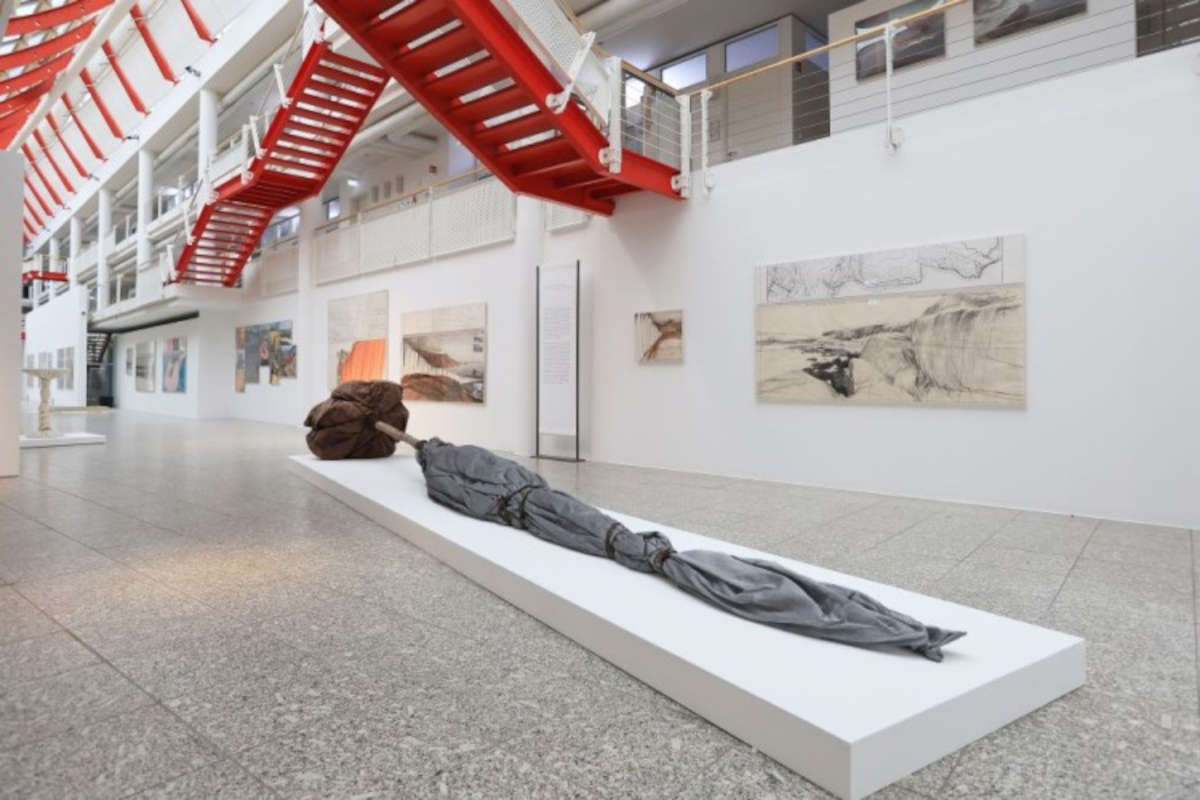
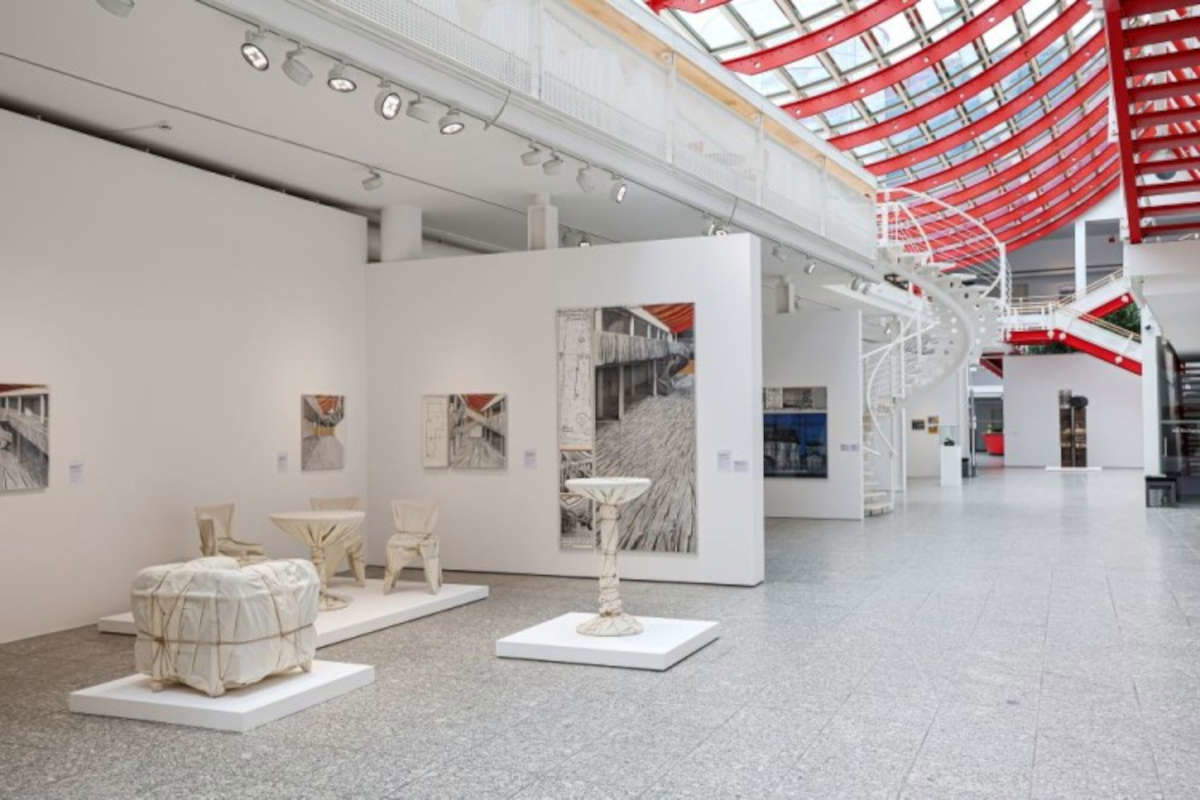
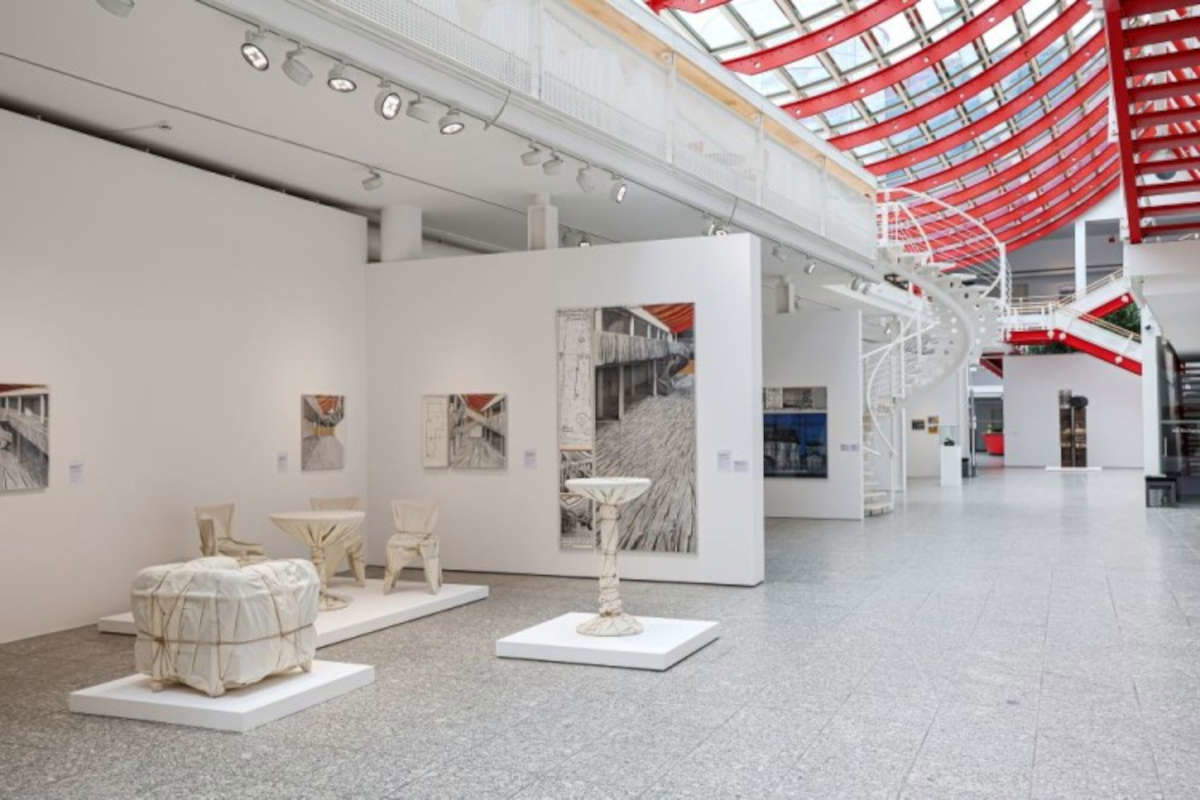
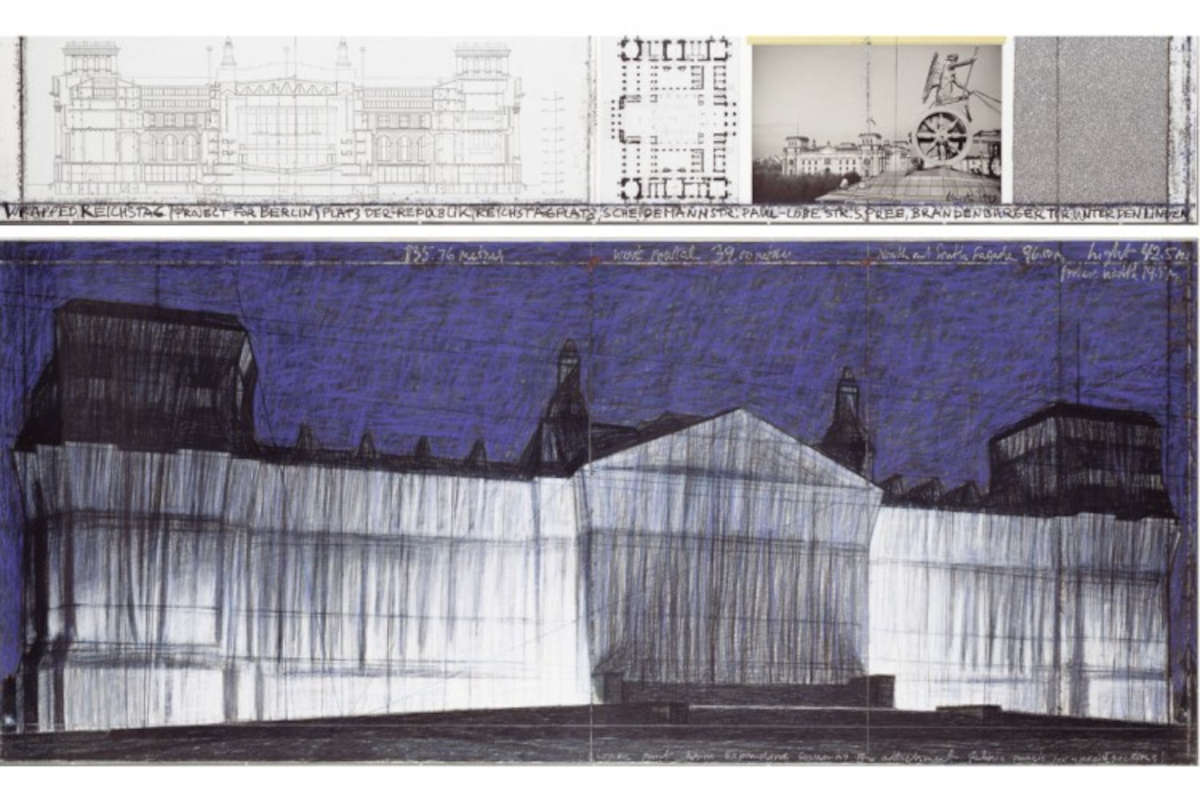
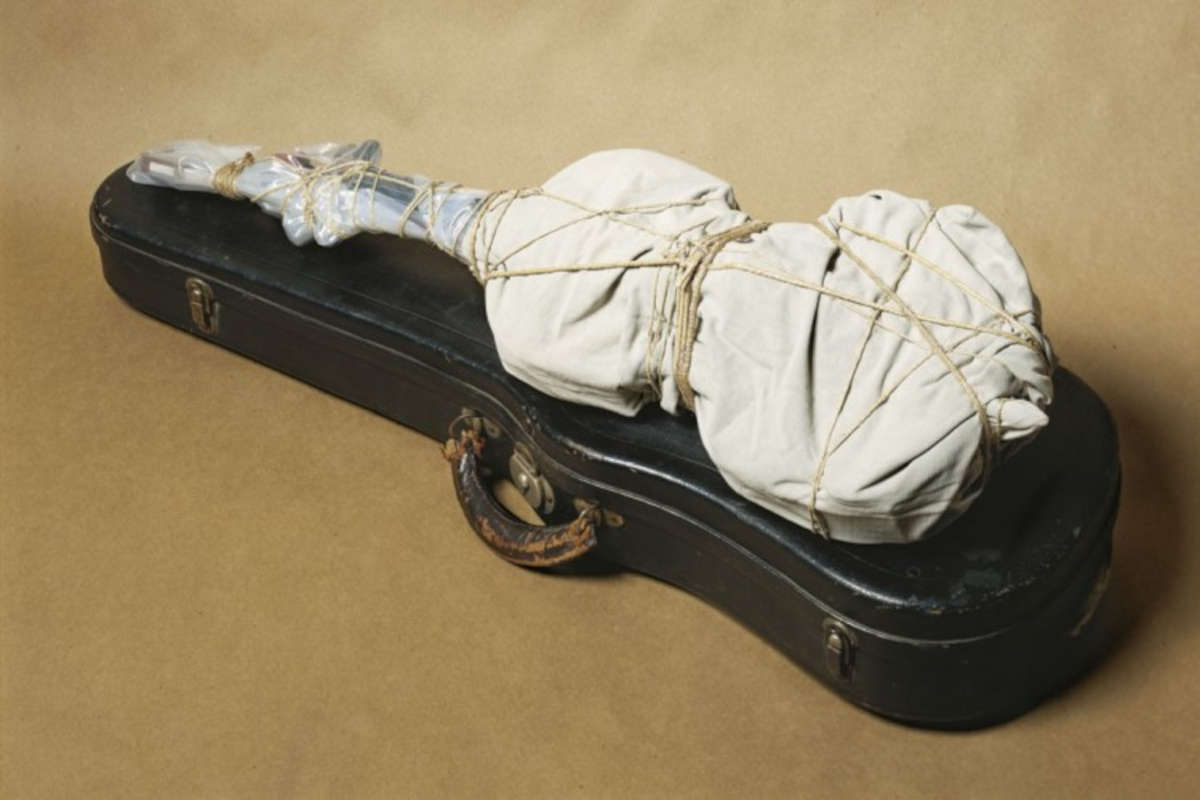
An important aspect in Christo and Jeanne-Claude’s art is transience. Their installations are limited in time and create unique images that are elusive in nature, changing what already exists but is now perceived in a new way. On the other hand, the main drawings, collages and models that Christo makes in preparation remain preserved. Their sale granted the artist couple independence and freedom in their implementation, independently financing even the most complex projects. The Würth Collection contains one of the largest collections of works by Christo and Jeanne-Claude in the world, comprising more than 130 original works, complemented by more than 30 photographs by Harry Shunk and Wolfgang Volz.
Entrepreneur and collector, Reinhold Würth maintained a friendship with the artist couple. He recalled, “Our first contact was in Hamburg in 1994 and we immediately hit it off. Over the course of many meetings with Christo and Jeanne-Claude, we first became acquaintances and then a close friendship developed; our meetings in Hong Kong, New York and many European cities were enriching for me and for my understanding of art. For me, the highlight of Christo and Jeanne-Claude’s artistic creation was clearly the wonderful wrapping of the Reichstag building in Berlin. Few visual artists have moved an entire population to the extent that Christo and Jeanne-Claude were able to do so in Berlin in 1995.”
In her contribution to the exhibition catalog, published by Swiridoff Verlag, the then Speaker of the German Parliament, Rita Süssmuth, wrote, “For me, it was a political project that not only had grandeur, but also had its own peaceful message for Berlin and the world. This was not aggressive Germany. It was a message of art and culture shining in the world. And another aspect of this kind of art is special: it seems transient, it doesn’t belong to anyone. This kind of art can only be experienced if you see it with your own eyes. Christo and Jeanne-Claude attached great importance to this ’democratic’ aspect of their art. Moreover, they always recycled the materials they used.” Sylvia Weber, director of the Würth Collection and curator of the exhibition together with Kirsten Fiege, said of the show, “Christo and Jeanne-Claude undoubtedly shifted the dimension of what had hitherto been conceivable as a work of art. Their audacity in wrapping a building or monument, or surrounding an entire coastline, did not change the world, but the way we see it. Even today, we are puzzled whether familiar objects are wrapped or merely altered by Christo to escape our gaze. His early sculptures in the Würth Collection offer an opportunity to perceive this. The second skin he put on objects triggers our imagination. The large-scale projects conceived with Jeanne-Claude, on the other hand, were always a celebration of the moment.”
The exhibition opens daily from 11 a.m. to 6 p.m., free admission. For information visit the museum’s website.
 |
| An exhibition in Germany traces the careers of Christo and Jeanne-Claude |
Warning: the translation into English of the original Italian article was created using automatic tools. We undertake to review all articles, but we do not guarantee the total absence of inaccuracies in the translation due to the program. You can find the original by clicking on the ITA button. If you find any mistake,please contact us.



























